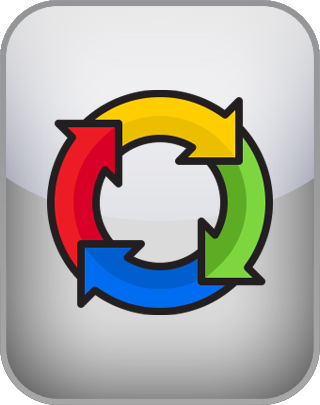Cyclothymic Spectrum Test
The cyclothymic spectrum encompasses a range of traits characterized by mild, cyclical mood swings between elevated and low moods, often accompanied by varying energy, creativity, and interpersonal sensitivity. There is considerable variation in the type and intensity of these traits.
This test combines insights from prior research on cyclothymic temperament to provide a single, composite test for measuring cyclothymic tendencies across 5 different domains.
Where do you fall on the cyclothymic spectrum? For each of the following questions, indicate your level of agreement below.
Question 1 of 25
Others say my energy seems inconsistent.
| Disagree | Agree |
NEXT
The IDRlabs Cyclothymic Spectrum Test (IDR-CTST) was developed by IDRlabs as a self-assessment tool to help individuals gain insight into their cyclothymic temperament traits. Cyclothymia, sometimes referred to as a mild or subclinical form of bipolar disorder, is characterized by frequent and fluctuating mood states that do not reach the severity of full-blown manic or depressive episodes. The development of the IDR-CTST was inspired by clinical observations and research in the field of mood disorders, particularly the work of Dr. Hagop Akiskal, M.D., whose extensive studies on cyclothymic personality traits significantly contributed to our understanding of this temperament. While the IDR-CTST draws on such research and clinical knowledge, it is important to note that the test itself is not formally associated with any individual researchers in the field of psychopathology nor with any affiliated academic or research institutions.
The IDR-CTST aims to provide individuals with feedback on several dimensions commonly associated with cyclothymic temperament. One such dimension is Mood Variability. Individuals with cyclothymic traits experience frequent mood swings that alternate between elevated and low emotional states. These fluctuations are generally less intense than those seen in bipolar disorder but can still affect day-to-day functioning, interpersonal relationships, and overall emotional stability. Understanding this aspect of one’s temperament can help people recognize patterns in their emotional responses and potentially anticipate periods of vulnerability or heightened energy.
Another important area assessed by the test is Energy Fluctuations. Cyclothymic individuals often cycle between periods of high energy, motivation, and productivity and phases characterized by low drive, lethargy, or diminished focus. These alternating patterns can influence the ability to maintain consistent performance at work, school, or in creative pursuits. By identifying these patterns, individuals can develop strategies to manage their energy levels more effectively and avoid overexertion during elevated phases or prolonged inactivity during low phases.
The test also evaluates Emotional Sensitivity, highlighting how cyclothymic individuals often experience intense reactions to both positive and negative events. This heightened sensitivity can manifest as profound empathy and awareness of others’ feelings, but it can also lead to emotional overwhelm or stress in certain social or professional situations.
Additionally, the IDR-CTST explores Creative Surges, which are periods of increased creative output or innovative thinking that often coincide with elevated moods. While these phases may lead to significant artistic or intellectual accomplishments, the creative energy may diminish during periods of lower mood, emphasizing the cyclical nature of this temperament.
Finally, Interpersonal Reactivity is assessed, reflecting the impact of mood fluctuations on relationships. Cyclothymic individuals may experience intense connections and periods of closeness, followed by withdrawal or emotional distance, which can sometimes create challenges in maintaining stable interpersonal relationships.
As the publishers of this free online Cyclothymic Spectrum Test, IDRlabs has taken steps to enhance the reliability and validity of the test by implementing statistical controls and validation measures. However, it is essential to emphasize that this test is provided entirely for informational purposes. Free online assessments, including the IDR-CTST, do not constitute professional diagnoses, clinical recommendations, or mental health advice. Users are encouraged to interpret results with caution and consult qualified mental health professionals for formal evaluation or guidance. For additional information about this test and other online tools offered by IDRlabs, users should refer to the Terms of Service.
References
- Akiskal HS, Mallya G. (1987). "Criteria for the 'soft' bipolar spectrum: treatment implications." Psychopharmacology Bulletin. 23(1): 68–73.
- Akiskal HS. (1996). "The prevalent clinical spectrum of bipolar disorders: beyond DSM-IV." Journal of Clinical Psychopharmacology. 16(2 Suppl 1): 4S–14S.

